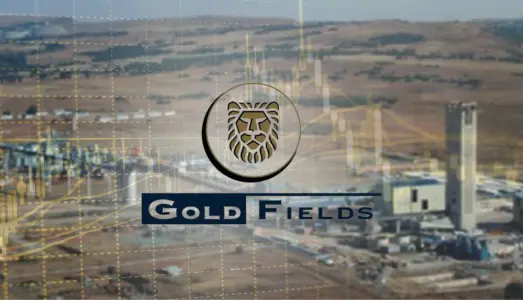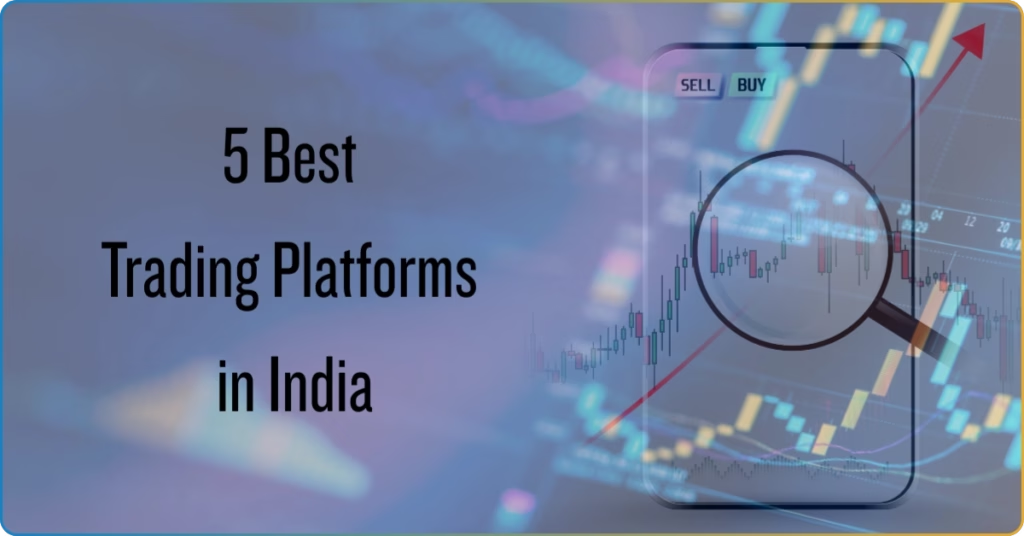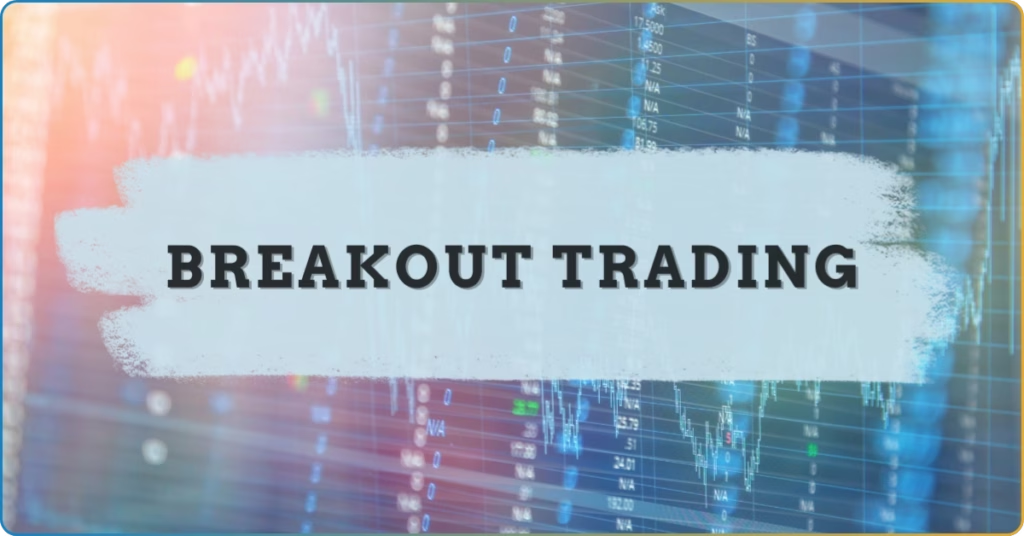Gold prices are at an all-time high this year. With spot gold peaking at $2,4999 this year and the Gold Fields share price dropping to around $10.31, it is no wonder investors are trying to dip their toes in the gold pool.
Gold Fields Limited (JSE:GFI) is a South African mining company established in 1887. It owns 100% of South Deep, one of the biggest mining sites in South Africa and the world. As such, it has earned a stable reputation among investors and analysts.
GFI reported a significant decline in gold production for the first half of 2024. However, analysts are still recommending a Hold or a Buy for stocks.
Below, we discuss the major factors stockholders use to make investment decisions for Gold Fields Limited.
Gold Fields Share Price JSE Data
Gold Fields remains dominant in the mining industry, with market capitalization currently at USD 12.208 billion. It is listed as GFI at the Johannesburg Stock Exchange (JSE:GFI) and the New York Stock Exchange (NYSE:GFI).
The share price is currently in the USD 10.31 – 18.97 range, with a notable 2.54% yield. Earnings per share (ttm) are USD 0.71%.
In March earlier this year, GFI shares gained 14.5% in six months. Dividends are historically given bi-annually.
Refer to the table below.
| Market capitalization | USD 12.209 B (ZAR 218 B) |
| Price range | USD 10.31 – 18.97 (ZAR 184.15 – 338.83) |
| EPS-TTM | USD 0.71 (ZAR 12.68) |
| Dividend yield | 2.54% |
| Issued shares | 887,717,348 |
Note: GFI midyear earnings report was recently released last August 23, 2024.
A Quick Analysis of the Gold Fields Share Price
Since 2020, the South African mining company has won over analysts. It has quickly become a legendary name in the gold mining industry – a literal gold mine for investors!
In 2023, GFI revenue jumped 5% to 4.5 billion, with 77 cents per share. Despite operational challenges and an 18% production decline, the company still boasts a $2.1 billion revenue per ounce of gold—that’s about $6 per person in the US!
GFI is in the 88th percentile of companies in the Metals & Mining—Gold Industry, and it has a positive outlook for the next year.
Predictions and Forecast
Things are certainly looking up for this legendary mining company!
Demand for gold will remain in 2024 Q2 and beyond. Analysts are careful to note that central bank buying in Western countries is pulling back, but it is increasing in the Global South, particularly China.
With trade tensions between the US and China and a global economic slowdown in developed markets, investment in gold products is expected to increase.
Analysts expect a 23.7% jump in revenue for GFI. The company’s track record has also been praised, with solid and reliable operations since 2020. GFI announced new senior management this year, and analysts expect enhanced productivity.
Analysts have also noted that the near future can only mean improvement for the mining company. Analysts expect a 23.7% increase in earnings at the end of this year, and the upcoming gold rush will skyrocket shares to 122.6% or $2.56 per share.
About Gold Fields of South Africa
Gold Fields is a world-class mining operation with headquarters in the Witwatersrand Basin, 50km Southwest of Johannesburg, South Africa.

It operates nine gold mines in South Africa, Australia, Ghana, Chile, Peru, and, most recently, Canada. Its total annual production is 2.30 million ounces. GFI also mines copper and silver, diversifying its portfolio.
It currently has over 890 million shareholders backing the company up.
South Deep Gold Mines
The South Deep Gold Mines is one of the largest gold mines in South Africa and the world. It was built to extract one of the largest known deposits in the world, with estimated reserves of 81.4 million oz of gold.
What is impressive about South Deep is that it has an estimated 80-year life-of-mine (LOM). It is likely to be the last gold mine in South Africa, as other mines would have run out of reserves by then, making it a decades-long asset for stockholders.
The mine has been in operation since the 1970s.
Why did Gold Fields Shares Fall?
You may have heard about Gold Fields’ shares falling earlier this year. Overall, GFI had a weak H1 compared to its targets. The company’s shares fell 6% in the JSE, hitting a two-month low.
The low production was primarily due to the extreme weather conditions at mining locations.
GFI CEO Mike Fraser explains that “we had a one-in-a-100-year rain event in Western Australia, and at Salares Norte, we had the coldest winter in 70 years in Chile.”
The material in the piping froze at the Salares Norte in Chile, temporarily shutting it down. Meanwhile, heavy rains hampered the Cerro Corona in Peru.
Because the company produced a significant amount of gold for the world, its decline in production directly affected the costs of precious metals. As a result, gold unit prices to soar in 1Q 2024.
Despite these setbacks, Fraser pledges that they would pay closer attention to the weather and that GFI recognizes climate change as a clear material risk.
How to invest in Gold Fields?
Investing in gold can be intimidating, even for experienced investors. Gold prices are already at an all-time high and are expected to rise further.
Depending on your investment goals, here are a few ways to invest in gold.
- Buy physical gold. For individuals and families, buying tangible bullion coins may provide security for the future. However, storing them may be difficult if they are bought in huge amounts.
- Buy shares of stocks through an online brokerage account. This is a convenient way to purchase, track, and trade shares. It is also beneficial if you want to diversify your trading portfolio.
- Buy shares of diversified gold ETFs. Exchange-traded funds are based on gold prices. This provides exposure to the precious metal without directly purchasing or storing the precious metal.

















